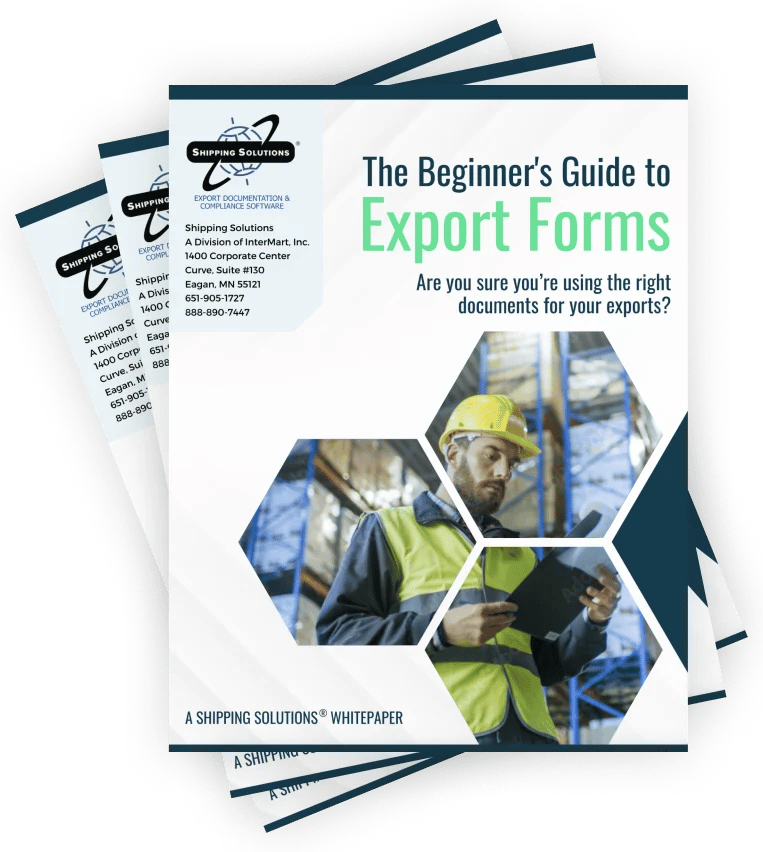The International Trade Blog Export Compliance
Exporting Cars: What You Need to Know
On: October 23, 2024 | By:  David Noah |
3 min. read
David Noah |
3 min. read
 You just bought a car in the United States and you want to drive it or haul it to Canada. You know that you need to provide some documentation, but you're not exactly sure exactly what you need. It can't be that hard, can it?
You just bought a car in the United States and you want to drive it or haul it to Canada. You know that you need to provide some documentation, but you're not exactly sure exactly what you need. It can't be that hard, can it?
It can be trickier than you think.
Documentation Requirements
First, the more straightforward and obvious part of the process.
According to the U.S. Customs and Border Protection (CBP) website, anyone attempting to export a car to Canada or any other country must provide documentation that describes the vehicle including the Vehicle Identification Number (VIN) or, if it doesn't have a VIN, the Product Identification Number (PIN). For transporting a car, that documentation is usually a Certificate of Title.
If the car is leased or if there is a lien against the car's title, the provisional owner of the car must also provide a written letter from the lienholder on the lienholder's letterhead that the vehicle may be exported. The letter should include a complete description of the vehicle including the VIN, the name of the owner or lienholder of the leased vehicle, the telephone numbers at which that owner or lienholder may be contacted, and an original signature of the third party along with the date it was signed.
In addition, you must present an Internal Transaction Number (ITN) as proof that you, or your agent, submitted your export information through the Automated Export System (AES) at least 72 hours prior to transporting the car across the border. This is the trickier part.
Filing through the Automated Export System
According to the U.S. Foreign Trade Regulations (FTR), all exports of used, self-propelled vehicles must submit certain data elements about the export, which the FTR labels as the Electronic Export Information (EEI), through AES. This applies to all cars, even if you purchased it new from a U.S. dealership. It also applies to exports to Canada, which are usually exempt from the AES filing requirement.
My blog post, Filing Your Export Shipments through AES, includes more details about the process of submitting your EEI through AES, including a link to all the data elements that are required.
If you are a U.S. citizen, resident or corporation, you can do the filing yourself or rely on a third party like a freight forwarder or customs broker to file on your behalf. In either case, you need to get an Employee Identification Number (EIN) from the Internal Revenue Service or a DUNS number from Dun & Bradstreet. This can take at least a couple days to get if you don't already have one, so plan ahead.
If you're going to file through AES yourself, you need to apply for an account on CBP's Automated Commercial Environment (ACE). Once you've done that, you can log into the ACE portal and manually enter your export information or use a software program like Shipping Solutions to submit your data. However, unless you regularly export cars or other goods, it probably makes more sense to hire a third party to file on your behalf. They usually charge a small fee, typically between $50 and $125 per filing, but it's easier than setting up an ACE account. You can do a web search to find a forwarder or broker who will file for you.
If you are not a U.S. citizen, resident or corporation, you need to rely on a third party to file on your behalf. If you are physically located in the United States at the time of export, you can user your passport number for your identification number instead of an EIN. The EIN (or passport number) is used purely for identification purposes; it does not have any tax implications.
Once you or your agent has successfully submitted your EEI through AES at least 72 hours before crossing the U.S. border, you will get the ITN from AES as your proof of filing. As I mentioned above, you will need to provide this number to the CBP agent.
Like what you read? Subscribe today to the International Trade Blog to get the latest news and tips for exporters and importers delivered to your inbox.
This article was originally published in December 2017 and has been updated to include current information, links and formatting.

About the Author: David Noah
As president of Shipping Solutions, I've helped thousands of exporters more efficiently create accurate export documents and stay compliant with import-export regulations. Our Shipping Solutions software eliminates redundant data entry, which allows you to create your export paperwork up to five-times faster than using templates and reduces the chances of making the types of errors that could slow down your shipments and make it more difficult to get paid. I frequently write and speak on export documentation, regulations and compliance issues.


